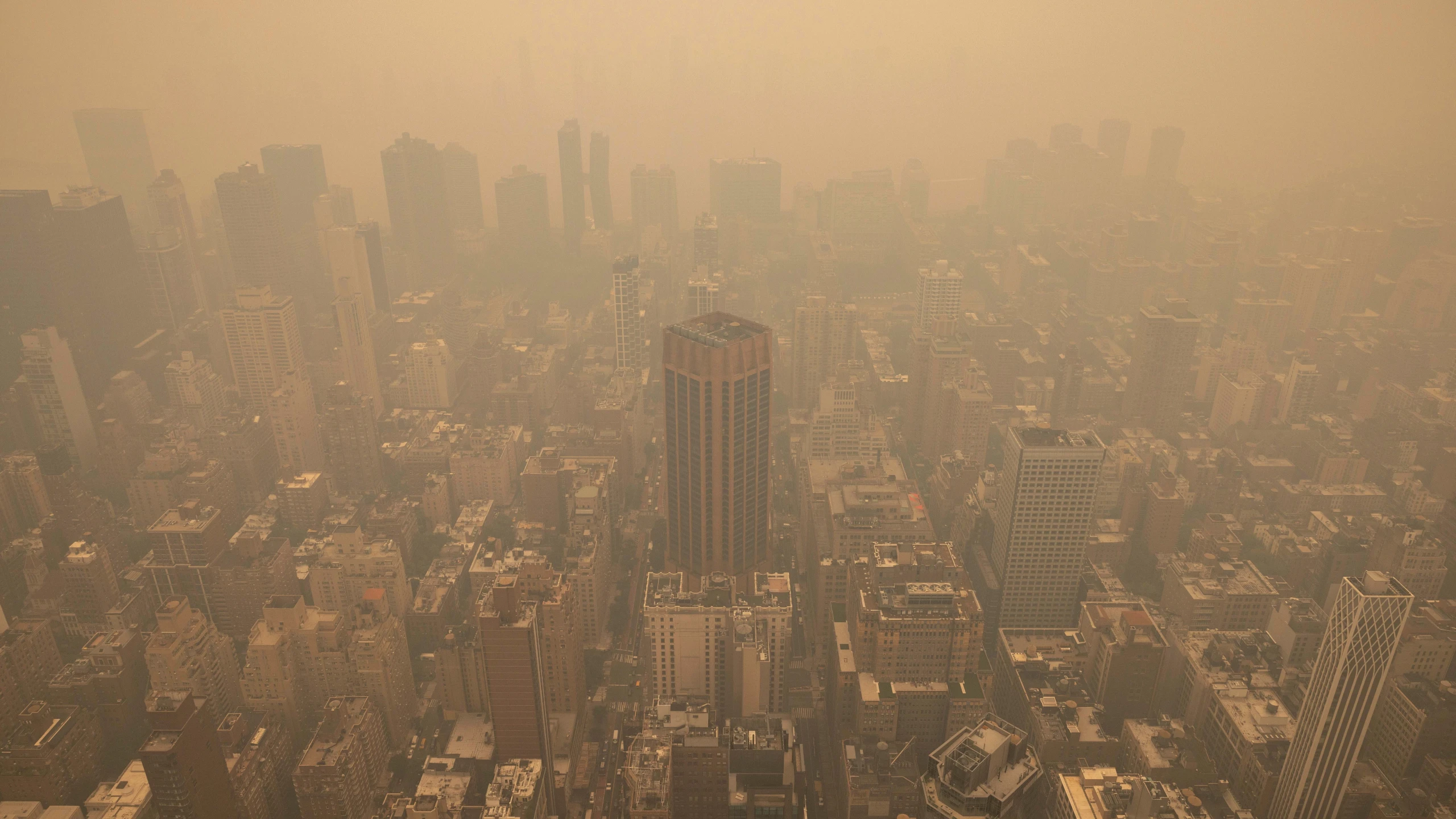
How to Check Your Air Quality as Wildfire Smoke Pours into the U.S.
By Adedayo Oyetoke, Published on: June 8th 2023 4 min, 668 word Views: 956
As wildfires continue to rage across different regions, thick smoke filled with harmful particles is blanketing the United States. With the air quality being a critical concern, it is crucial to stay informed about the severity of the situation and understand how to assess the air quality index. In this blog, we will explore various methods to check air quality and provide guidance on what the different ratings mean. Additionally, we will discuss the importance of following recommendations from local public health agencies and taking necessary precautions to protect yourself during periods of unhealthy air conditions.
1. The Impact of Wildfire Smoke:
The influx of wildfire smoke has become a pressing issue in the United States. The smoke, consisting of tiny particles that can be hazardous to breathe, poses health risks to individuals in heavily populated areas. Understanding the severity of the air quality is paramount, considering the potential health consequences.
2. Checking Air Quality:
a. AirNow: AirNow is a reliable air quality website that is regularly updated through a partnership of federal agencies such as the Environmental Protection Agency (EPA), NASA, and the National Oceanic and Atmospheric Administration (NOAA). By visiting airnow.gov, users can access real-time air quality information and forecasts for their specific location.
b. Using AirNow: Upon entering the AirNow website, users are prompted to enter their zip code, city, or state. This information provides access to valuable air quality data, including maps and forecasts. Users can also visit fire.airnow.gov to view an extensive map displaying air quality readings from sensors across the United States.
3. Understanding the Air Quality Index (AQI):
The Air Quality Index (AQI) is a numerical scale that represents the quality of the air. It ranges from zero to 500, with higher numbers indicating worse air quality. Here's a breakdown of the different colors used in the AQI rating system:
- Green: Good - Air quality is satisfactory, with little to no risk of air pollution.
- Yellow: Moderate - Air quality is acceptable, but sensitive individuals may experience some risk.
- Orange: Unhealthy for Sensitive Groups - Members of sensitive groups may experience health effects, while the general public is less likely to be affected.
- Red: Unhealthy - Some members of the general public may experience health effects, with sensitive groups facing more serious impacts.
- Purple: Very Unhealthy - A health alert indicating an increased risk of health effects for everyone.
- Maroon: Hazardous - A health warning indicating emergency conditions, where everyone is at a higher risk of being affected.
4. Precautions and Recommendations:
a. Following Local Health Agency Guidance: It is essential to listen to the recommendations of local public health agencies regarding outdoor activities during periods of unhealthy or hazardous air quality. If the air quality is deemed unhealthy or worse, authorities will likely advise staying indoors as much as possible.
b. Wearing N95 Respirator Masks: If you must go outside in wildfire smoke, wearing an N95 respiratory mask is highly recommended. These masks provide the best protection against inhaling smoke particles. Cloth masks, on the other hand, are not effective in safeguarding against wildfire smoke.
5. Understanding the Causes of Poor Air Quality:
The severity of the current air quality can be attributed to a combination of factors. While wildfires are a natural part of many ecosystems, factors such as climate change, mismanaged forests, invasive plants, and overgrown vegetation contribute to the intensity and duration of these fires. It is essential to acknowledge these underlying causes and work towards mitigating their impact.
Conclusion:
As wildfires continue to spread and blanket various regions with dense smoke, monitoring air quality becomes crucial for protecting your health. By utilizing resources like AirNow and understanding the air quality index, you can make informed decisions about outdoor activities and take necessary precautions when the air quality is unhealthy. Remember to follow guidance from local public health agencies and prioritize your well-being during this challenging period. Stay informed, stay safe, and prioritize your health as wildfire smoke affects the air quality around you.
